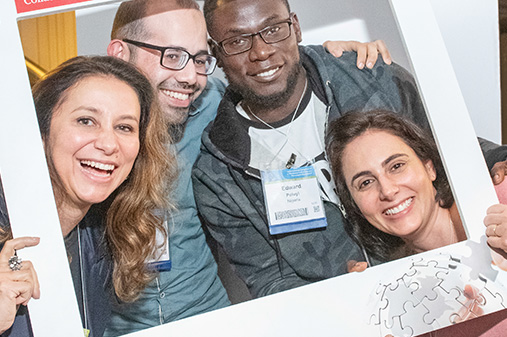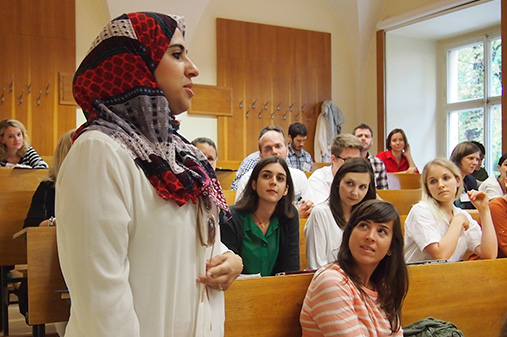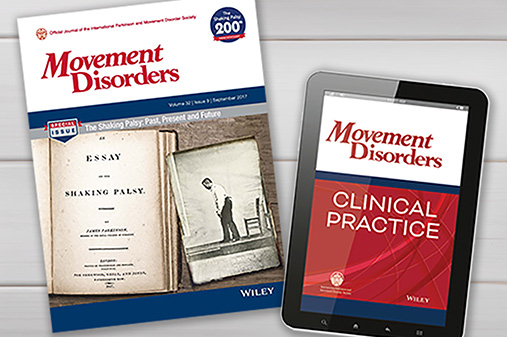 VOLUME 29, ISSUE 2 • JUNE 2025. Full issue »
VOLUME 29, ISSUE 2 • JUNE 2025. Full issue »

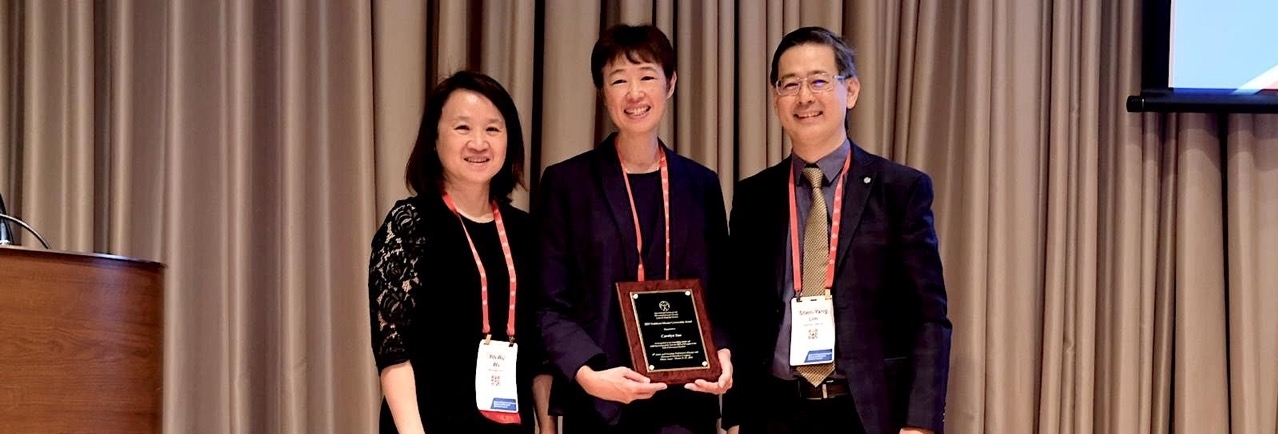
Mizuno Lecture Award presented to Professor Carolyn Sue (centre) by AOS Chair- Elect Professor Yih-Ru Wu (left) and AOS Chair Professor Shen-Yang Lim (right).
Yoshikuni Mizuno graduated from Tokyo University and was appointed as Professor of Neurology at Juntendo University between 1989-2006. During this time, he and his colleagues discovered Parkin, the gene responsible for the most common cause of autosomal-recessive young-onset Parkinson’s disease. As a dedicated clinician scientist, Prof. Mizuno encouraged all neurologists in training to gain experience in both clinical and research activities. In his honour, the Yoshikuni Mizuno Lectureship Award was created to recognize an outstanding scholar and inspiring neuroscientist from the MDS Asian Oceanic Section (MDS-AOS) region in the field of Movement Disorders. To be bestowed the honour of delivering this lecture at the 2025 Asian and Oceanian Parkinson’s Disease and Movement Disorder Congress in Mizuno’s hometown of Tokyo was a truly humbling experience and an immense privilege.
I first met Yoshi Mizuno through MDS activities in the AOS region. A quietly spoken and modest man, he always encouraged and inspired his fellow colleagues with his wisdom, dedication, and knowledge. Given his seminal work on Parkin, there was no doubt in my mind that the topic of the 2025 Yoshikuni Mizuno Lectureship Award should be focused on my work with this gene.
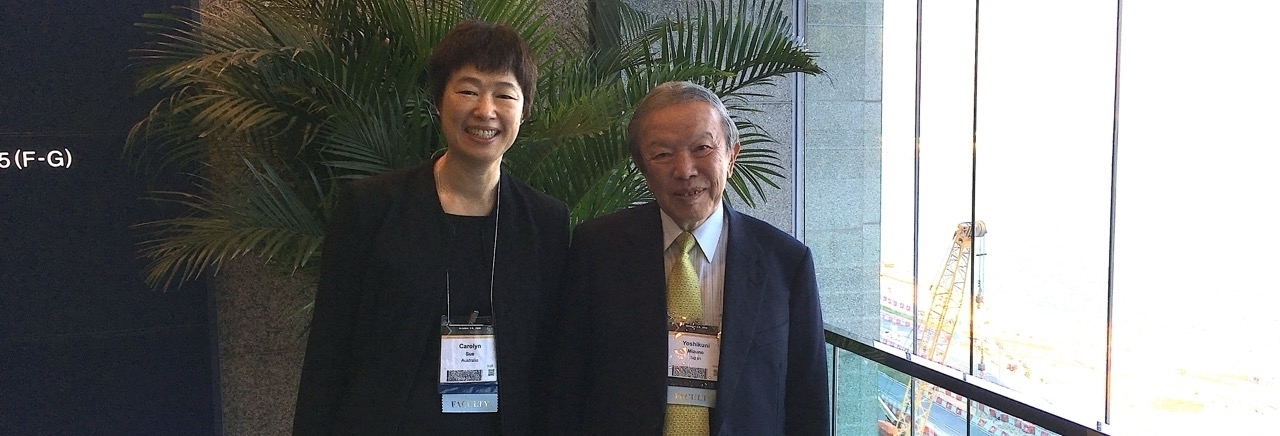
Carolyn Sue and Yoshi Mizuno at the MDS International Congress in Hong Kong.
I had met one of the first Australian patients identified with Parkin mutations soon after Mizuno’s discovery and was fortunate to study the entire family as part of our clinical research program. The proband had presented typically with young-onset parkinsonism associated with right foot dystonia and the parents were both, as expected, asymptomatic. To our surprise, we discovered that the mother carried homozygous Parkin mutations. Her daughter had developed symptoms at the age of 19 years and had compound heterozygous Parkin mutations. This clinical observation directed our research towards efforts to understand the mother’s resilience. Molecular studies using cell models derived from the mother revealed normal mitochondrial function, in contrast to her daughter’s cells, which showed significant impairment of function. Given that Parkin mediates mitophagy via the PINK1-Parkin pathway, Parkin mutant cells should not be able to undergo mitophagy. However, our published experiments demonstrated that the mother’s cells were able to mediate mitophagy and maintain normal mitochondrial function. Further experiments showed that an alternative mitophagy pathway mediated by the protein Nix was responsible — identifying a novel therapeutic target.
My Mizuno Lecture explored how my team leveraged these insights to develop Nix-based therapies as a new neuroprotective treatment for Parkinson’s disease. Laboratory work using dopaminergic cells derived from induced pluripotential stem cells (another important Japanese discovery!) showed that mutant Parkin neurons had impaired mitochondrial function and that alternative mitophagic pathways had the potential to restore mitochondrial function and provide neuroprotection.
The opportunity to present this work at the 9th AOMPC in Tokyo was a genuine honour and privilege. Joining the ranks of past recipients such as Nobu Hattori (2014), Eng-King Tan (2016), Ruey Meei Wu (2019), Ryosuke Takahashi (2021), and Roongroj Bhidayasiri (2023) has been a highlight of my career. It has also emphasised the tremendous value of bridging clinical observations with molecular neuroscience to drive discovery and therapeutic innovation. My sincere thanks and gratitude goes to the MDS-AOS and the AOPMC Committee for this wonderful opportunity to share our research and pay tribute to Yoshi Mizuno.
Read more Moving Along:

